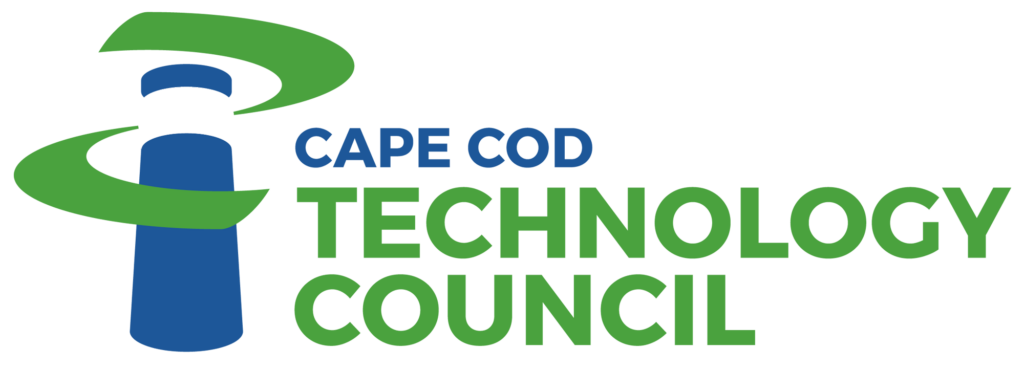Entrepreneur and investor John Landry’s technology forecasts regularly give the Weather Channel a run for their money at our First Friday breakfasts. When he starts reviewing the year behind and predicting what lies ahead, no one cares what’s going on outside. It’s a mesmerizing, informative hour, and we were very glad to welcome him to January’s meeting.
John says a lot happened in 2013 – and not much happened. The heavy hitters (Amazon, Google, Facebook) became platform leaders, while things software-related went crazy. The internet of everything is happening.
Last year we saw changes in platforms and complements. The interfaces changed. Platforms moved to the cloud and cloud vendors themselves became core technology. Those key elements from last year built the foundation of what we’ll see this year. There’s always too much to cover, so he chose a few sectors to focus on.
Arts/television
Netflix became a production house. They had it wired from the beginning – with connections to all the critical elements needed to produce and deliver their own content. Binge tv became a thing when entire series were delivered at once instead of making viewers wait a week for the next episode. John believes this is the future: delivery of professional quality from a different system. Were you at First Friday when he suggested Netflix stock? It’s up from $40 to about $400. (Now he says it’s a great sell.)
The changes are not just in who’s delivering, but the technology behind it. House of Cards is going to be delivered in 4k – four times HD. Amazon Studios Original Series is all 4k. Also delivering original content: Amazon Prime, Hulu Plus, HBO.
Netflix is taking up a third of the internet already, before 4k. How this is going to evolve is up for grabs, but it’s a huge change in something people use every day.
Incubators
We saw and will continue to see innovation in finance. Incubators and accelerators are a more mature model now, and a great place for entrepreneurs to go. In an incubator, creators have access to sponsored services, mentors and advisors, education programs, facilities, and capital.
From an investor’s point of view, you have a chance to thoroughly screen projects and the people involved. If you’ve been screened by a reputable incubator, it’s liked a Harvard education – well-credentialed and very marketable. TechStars and Beta Spring are two such incubators.
For investors, it’s like a CSA. You buy in to the whole class. These incubators are set up like the American Idol model, where people compete to get in and then go through the program. Investors take it from there.
We’re also seeing segments of incubators, with different different incubators specializing in different types of projects. John suggests an incubator near Woods Hole, with a special vertical around the marine science the Cape is known for.
Investing
Angel groups flourish, but there are problems. Some people treat angel groups like a country club, and don’t actually write checks. Some of these people can be very insulting to the entrepreneurs, without bringing value and real support. You can’t cherry pick companies anymore. It’s more like the lottery because there are so many.
The new Common Angels has a professional investment manager. All members must write a significant check to the fund, cutting out the “country club” players. What’s left is a core of passionate investors who are partners in the fund.
These angel groups are starting to work closely with incubators, making more connections (without adding more breakfasts).
Another model is crowdfunding. The venture company model is looking for the new Facebook, so how do the smaller projects – or a single invention – get funded? It’s essentially pre-buying the invention, or at least expressing an interest in the project.
Crowdfunding is a great market test. If you’re looking for investors, it’s a great thing to show – how many you can sell without even making it yet. John notes that these buys are not investments. You get stuff, and the knowledge that you’ve helped get something off the ground. It’s philanthropic, but you are not invested.
Angel List Syndicates is like Facebook for angel investors. They moved to a syndicate model, where you follow an investor and buy into his or her deals. They set a minimum investment and number of deals, then raise committed money. The syndicated investor makes each decision, but those decisions have more backing. An innovation in investing, syndication is a new way of forming a venture fund.
Wearables
“You only have two wrists and one head. I don’t see how everyone’s going to succeed because it’s easy and everyone’s jumping in.” John thinks it’s interesting, but doesn’t see a lot of money in it. Also, the privacy story is way behind the technology story.
Cars
Caution, autonomous vehicles ahead! Google got the state of California to modify the law to allow driverless vehicles. Advantages are: safety, productivity (two hours a day commute time average), optimization (spacing between cars on the highway), and autonomous parking (no more searching for a spot!).
Before it becomes a reality, there are many considerations. In an accident, who is liable? How do we prevent hacking, or operator error? Things like disabling the brakes is possible now. We are incredibly vulnerable in the existing systems, let alone what’s on the horizon.
Autonomous vehicles are forecasted for 2020, which is closer than the time that has passed since the first iPhone. In the interim, we may be seeing a pilot-assisted vehicle in 2017.
Applications of technology seem endless and the ground is fertile for new ideas. The way things are getting financed completely changes how all this innovation can occur.
And it’s happening fast.
Watch it!
